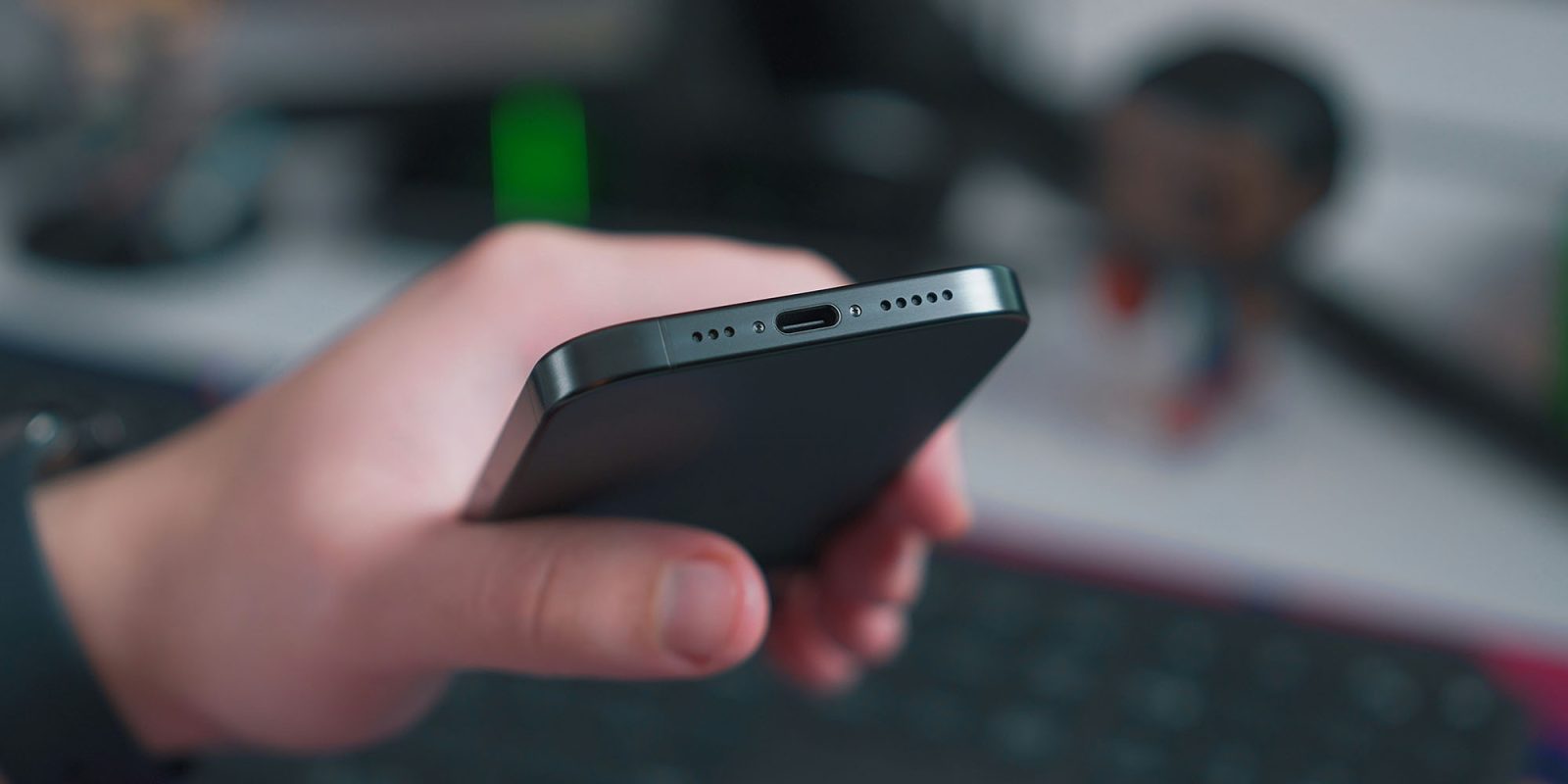
Both the iPhone 16 and the iPhone 15 before it offer the option to limit charging to 80% rather than 100%. The thinking is that many people don’t need the full battery capacity of the device in a typical day, and it reduces wear on the battery, extending its life.
But is the theory backed up by real-world results? A sister site of Macworld decided to collect some data and carry out a statistical analysis to find out …
If you were to take a guess as to the country involved in these statistical calculations, let’s just say the odds are in your favor.
German sister site Macwelt asked Facebook users to share screengrabs to show their battery health and to determine whether they charged to 80% or 100%. Data was only collected from iPhone 15 users to ensure there was a year’s worth of usage.
They graphed the results, which appeared to show that battery health after one year was measurably lower among those who charged to 100%.
Being German, however, they wanted to run a statistical test to see whether the results were truly significant. The answer turns out to be yes.
We tested this hypothesis using a T-test, a common statistical method to prove that two independent groups differ significantly from each other. If the P-value is less than 0.05, (less than 5 percent), the two groups differ significantly. If the P-value is higher, the factor under investigation (in our case, the charging behavior) does not influence the data collected.
We calculated the T-test once with the entire 102 data points in the table and obtained a P-value of 0.047121 (4.7121 percent). In the second calculation, we filtered out all data points where the charge cycles were less than 140, as the battery cannot be expected to age significantly up to 140 charges. Here we obtained 89 data points, six data points less in each category. But even with this data, the calculated P-value was 0.047547 (4.7547 percent). We can therefore say that charging behavior has a statistically significant influence on battery health and longevity.
That said, the difference isn’t huge. At one end of the scale, the maximum capacity of the battery dropped from 99% of original capacity to 98%. At the other, the fall was from 95% to 93%.
If you upgrade every year, that’s probably not enough to factor into your charging regime. But the trend will continue from there, so if you only upgrade every few years, you might want to consider using the 80% limit if your routine permits.
Photo by Onur Binay on Unsplash
FTC: We use income earning auto affiliate links. More.




